Tuscarora Watermelon Red Crape Myrtle – 7 Gallon Pot (4-5′)
$114.85 Original price was: $114.85.$80.40Current price is: $80.40.
SKU: D2LSC 1150335711 Category: CRAPE MYRTLES
- 7 days return and exchange
- 100% Quality Satisfaction
- Shop with Confidence
- No Compromise on Quality

Tuscarora Crape Myrtle
Lagerstroemia indica x fauriei ‘Tuscarora’
Plant Details
USDA Plant Hardiness Zones: 7a-9b Find Your Zone >
Plant Type: Deciduous Flowering Tree, Fauriei Hybrid
Height at Maturity: 15-20′
Width at Maturity: 15′
Spacing: 10-12′ for solid hedge or screen, 18’+ for space in between plants
Spacing: 10-12′ for solid hedge or screen, 18’+ for space in between plants
Growth Habit / Form: Upright, Broad Canopy, Rounded Canopy, Slightly Arching
Growth Rate: Fast
Flower Color: Bright Watermelon Pinkish-Red
Flowering Period: Early to Mid-Summer, Late Summer, Early Fall
Flower Type: Single flowers in large rounded to elongated clusters
Fragrant Flowers: No
Foliage Color: Rich Green
Fall Foliage Color: Orange Red
Fall Foliage Color: Orange Red
Fragrant Foliage: No
Bark Color: Gray, Tan, Brown & Green
Sun Needs: Full Sun or Mostly Sun
Water Needs: Average, low when established
Soil Type: Clay, Loam, Sand, Silt
Soil Drainage: Well Drained
Soil pH: 5.0 – 6.5
Maintenance / Care: Low
Attracts: Visual Attention
Resistances: Deer – more info, Disease, Moderate Drought, Heat
Description
One of if not the most popular Crape Myrtle trees of all time and one of our personal favorites of the taller cultivars, ‘Tuscarora’ produces abundant 6 to 7 inch long clusters of bright, watermelon-red flowers for up to 120 days during summer. Rich-green foliage throughout the season turns to vibrant shades of orange and red, extending the color show into fall. Because Tuscarora is a Fauriei Hybrid Crape Myrtle there will be no problems with powdery mildew, an unsightly disease which shows up during summer as a white powdery substance that covers the leaves on many other types of crape myrtle. After the leaves drop its the exfoliating bark in shades of grey, tan, brown and green provide interest in the winter garden.
Landscape & Garden Uses
Growing 15 to 20 feet tall and 15 feet wide, the Tuscarora Crape Myrtle is best grown as a tree and as such is ideal for use as a specimen, in groupings, or in single or staggered rows to line a driveway, property line or street. It is also nice to frame in the corners of tall home or other structures. Tuscarora can also be grown in large containers or planters. Whether planted as a specimen or in groupings this is one summer flowering tree that is sure to stand out in the landscape!
Suggested Spacing: 10 to 12 feet apart for solid screen; 18 feet or more apart for space between plants
Note: For our customers who live and garden north of USDA Plant Hardiness Zone 7a, where this Crape Myrtle variety is not reliably winter hardy, you’ll be happy to know it can be grown in containers that can be brought indoors during winter and placed back outside when temperatures warm up in spring.
Growing Preferences
Tuscarora Crape Myrtle is very easy to grow in most any moist but well-drained soil of average fertility and full to mostly sun. Light shade is tolerated but flowering will be diminished in more shade. Has shown excellent resistance to powdery mildew and is quite drought tolerant when established. No pruning required however responds well to it when young. See: How To Prune a Crape Myrtle Tree
Helpful Articles
Click on a link below to find helpful advice from our experts on how to plant and care for Crape Myrtle trees.
How To Plant A Crape Myrtle In The Ground Or In A Pot
How To Prune a Crape Myrtle Tree the Right Way
How To Fertilize & Water A Crape Myrtle
How To Prune a Dwarf Crape Myrtle
Choosing the Right Crape Myrtle
Plant Long & Prosper!
Meet The Wilson Brothers & Staff
Questions? Contact Us!
Be the first to review “Tuscarora Watermelon Red Crape Myrtle – 7 Gallon Pot (4-5′)” Cancel reply
Related products
New
CRAPE MYRTLES
New
CRAPE MYRTLES
New
New
CRAPE MYRTLES
New
CRAPE MYRTLES
New
CRAPE MYRTLES
New
CRAPE MYRTLES
New
CRAPE MYRTLES



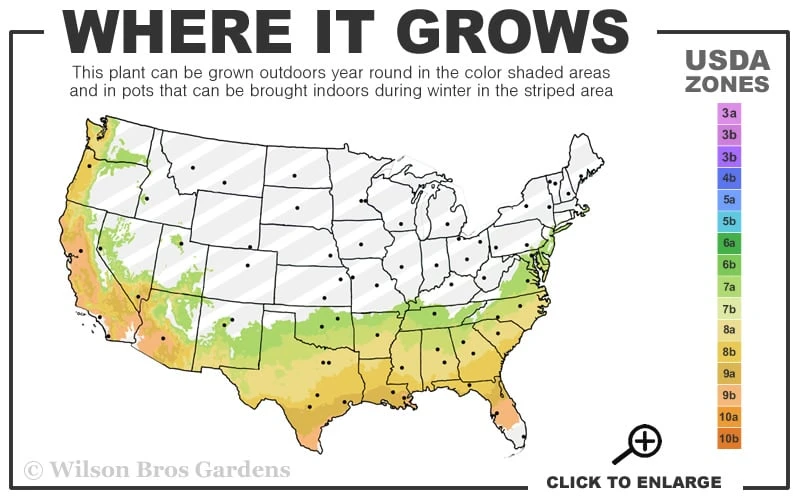

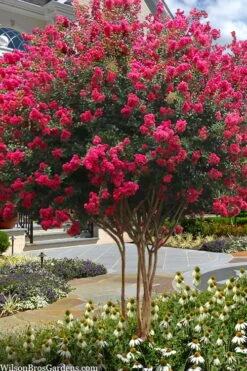



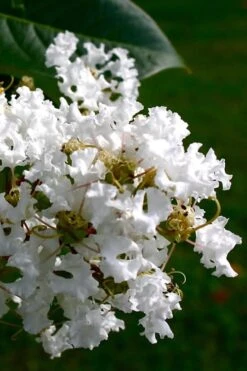
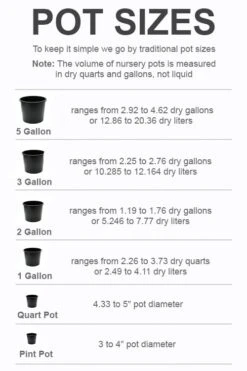

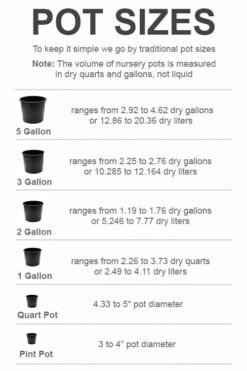



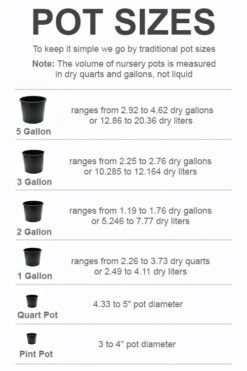


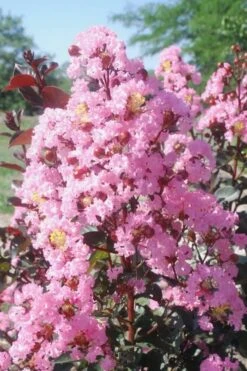
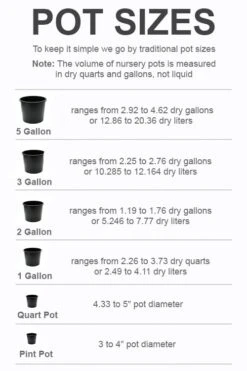
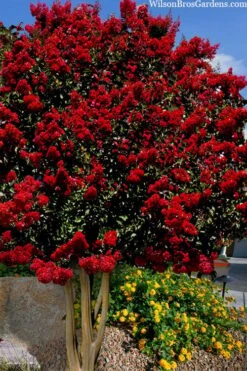



Reviews
There are no reviews yet.